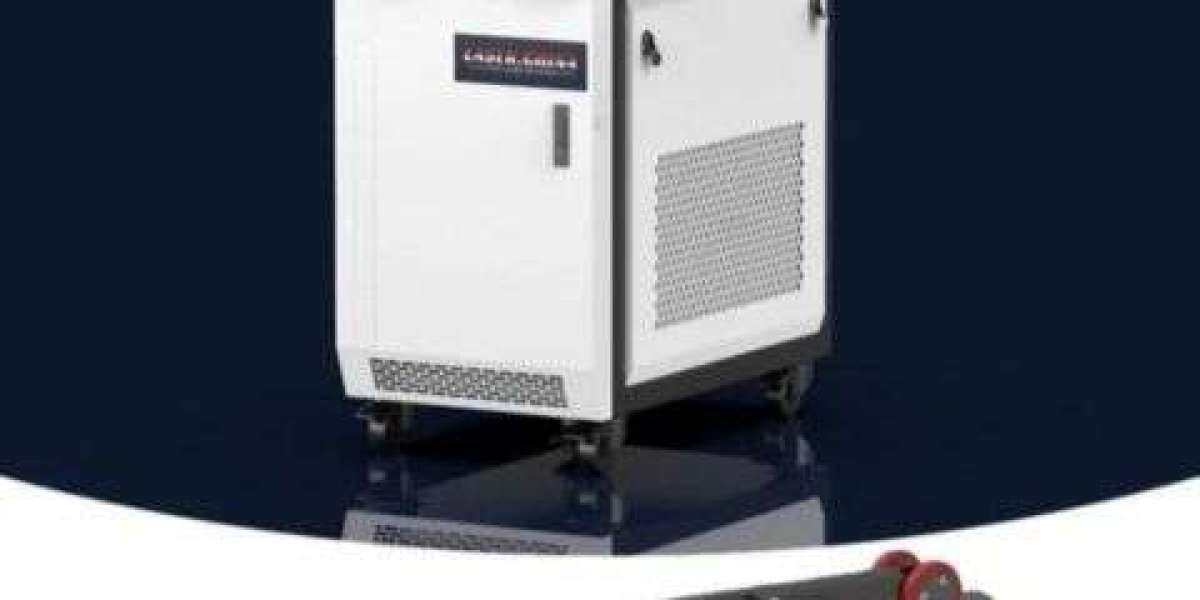Unlock the Secrets of Darlington Transistors: Your Ultimate Guide to Power and Performance!
Darlington transistors are a fascinating component in the world of electronics, often overlooked yet crucial for many applications. These specialized transistors are designed to provide high current gain, making them indispensable in various circuits. Their unique configuration, consisting of two bipolar junction transistors (BJTs) connected together, allows them to amplify current significantly more than a single transistor. This article aims to delve deep into the workings, characteristics, applications, and considerations when using Darlington transistors, ensuring that both novices and experienced practitioners can harness their power effectively.

Understanding Darlington Transistors
A Darlington transistor is a semiconductor device that combines two BJTs in a single package to achieve a much greater current gain than each transistor could provide individually. The first transistor receives the input current, which is amplified and fed into the second transistor, resulting in a much larger output current. This cascading effect allows for an amplification factor that can exceed 100,000, making Darlington transistors exceptionally useful in applications where high current is required from a low input signal. My friend, an electronics enthusiast, once described his excitement when he first built a circuit using a Darlington transistor; he marveled at how a tiny signal could control a powerful motor, showcasing the magic of these components.
Key Characteristics of Darlington Transistors
Darlington transistors possess several key characteristics that set them apart from standard transistors. One of the most notable features is their high current gain, which can reach astonishing levels due to the combined amplification of the two transistors. Additionally, they exhibit a higher voltage drop across the collector-emitter terminals, typically around 1.2V to 2V, which can impact overall circuit efficiency. Thermal stability is another essential characteristic; these transistors can handle significant temperature variations without failing. While their gain is impressive, it's important to note that the higher voltage drop can lead to increased power dissipation, making thermal management crucial in design considerations. In comparison to standard transistors, Darlington transistors are often more straightforward to use in applications requiring high amplification.
Applications of Darlington Transistors
Darlington transistors are widely used across various applications, showcasing their versatility and effectiveness. One common use is in power amplifiers, where they can drive speakers or motors with greater efficiency. They are also extensively employed in switching applications, such as relays and electronic switches, where their ability to control large loads from low-power signals is invaluable. Additionally, these transistors are found in sensor circuits, where they can amplify the small current produced by sensors like phototransistors or thermistors. For instance, I once helped a friend design a simple light-sensitive circuit using a Darlington transistor to control an LED; the ease with which the circuit responded to changing light levels was impressive, demonstrating their effectiveness in real-world applications.
Advantages and Disadvantages
Using Darlington transistors offers several advantages. Their high gain allows for amplification of weak signals, making them ideal for applications where a robust output is needed from minimal input. They are also relatively easy to use, as they can often replace standard transistors in existing circuits without significant modifications. However, they do come with some disadvantages. One of the main drawbacks is their slower switching speed compared to standard transistors, which can limit their use in high-frequency applications. Additionally, the higher saturation voltage can lead to increased power losses, which is a critical consideration in power-sensitive designs.
Choosing the Right Darlington Transistor
Selecting the appropriate Darlington transistor for a specific application involves considering several factors. The current rating is crucial; it should match or exceed the load requirements to ensure reliable operation. Voltage rating is another important consideration; it must be adequate to handle the maximum voltage in the circuit. Gain requirements also play a significant role; choosing a transistor with a suitable current gain is essential for achieving the desired amplification. It's helpful to refer to datasheets and application notes when making a selection, as they provide valuable insights into performance characteristics and recommended uses.
Understanding the Importance of Darlington Transistors
In summary, understanding Darlington transistors is crucial for both hobbyists and professionals working in the field of electronics. Their unique characteristics, such as high current gain and versatility in applications, make them a valuable component in many circuits. However, it is essential to weigh their advantages against potential drawbacks to ensure optimal performance in specific applications. As you continue to explore the world of electronics, consider the role of Darlington transistors in your projects and how they can enhance your designs. Delving deeper into their features and applications will undoubtedly open up new possibilities in your electronic endeavors.







